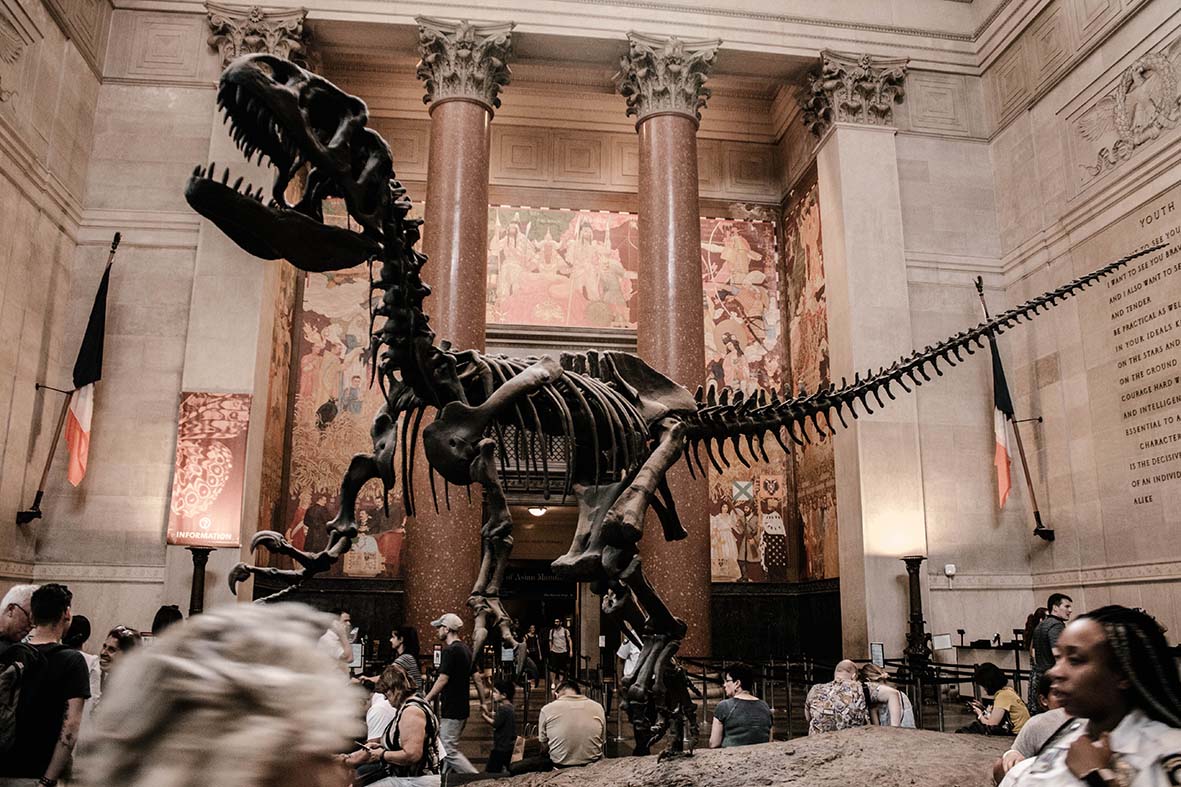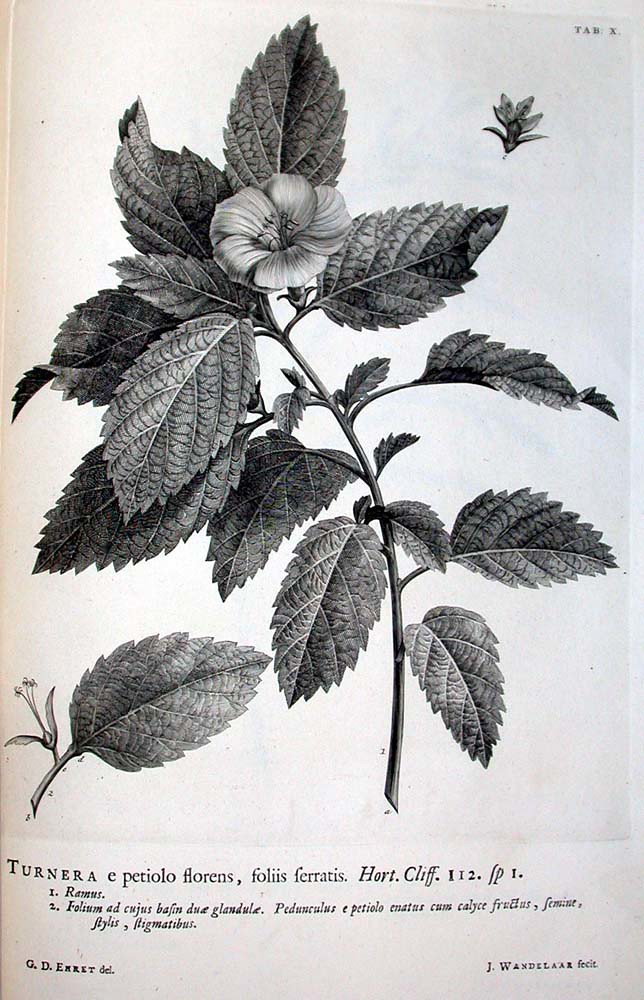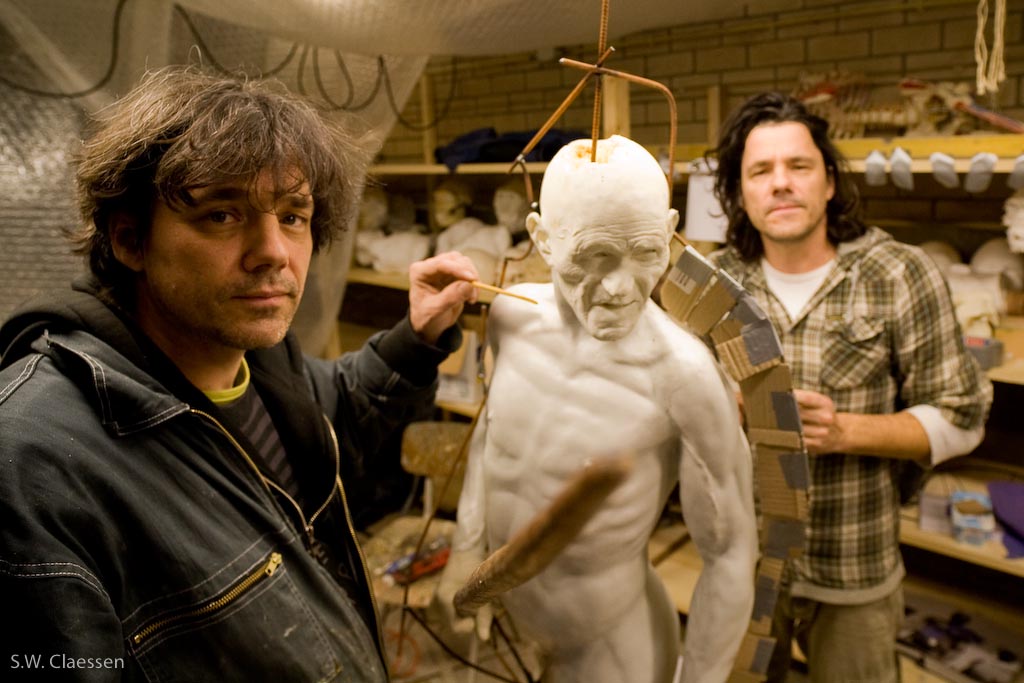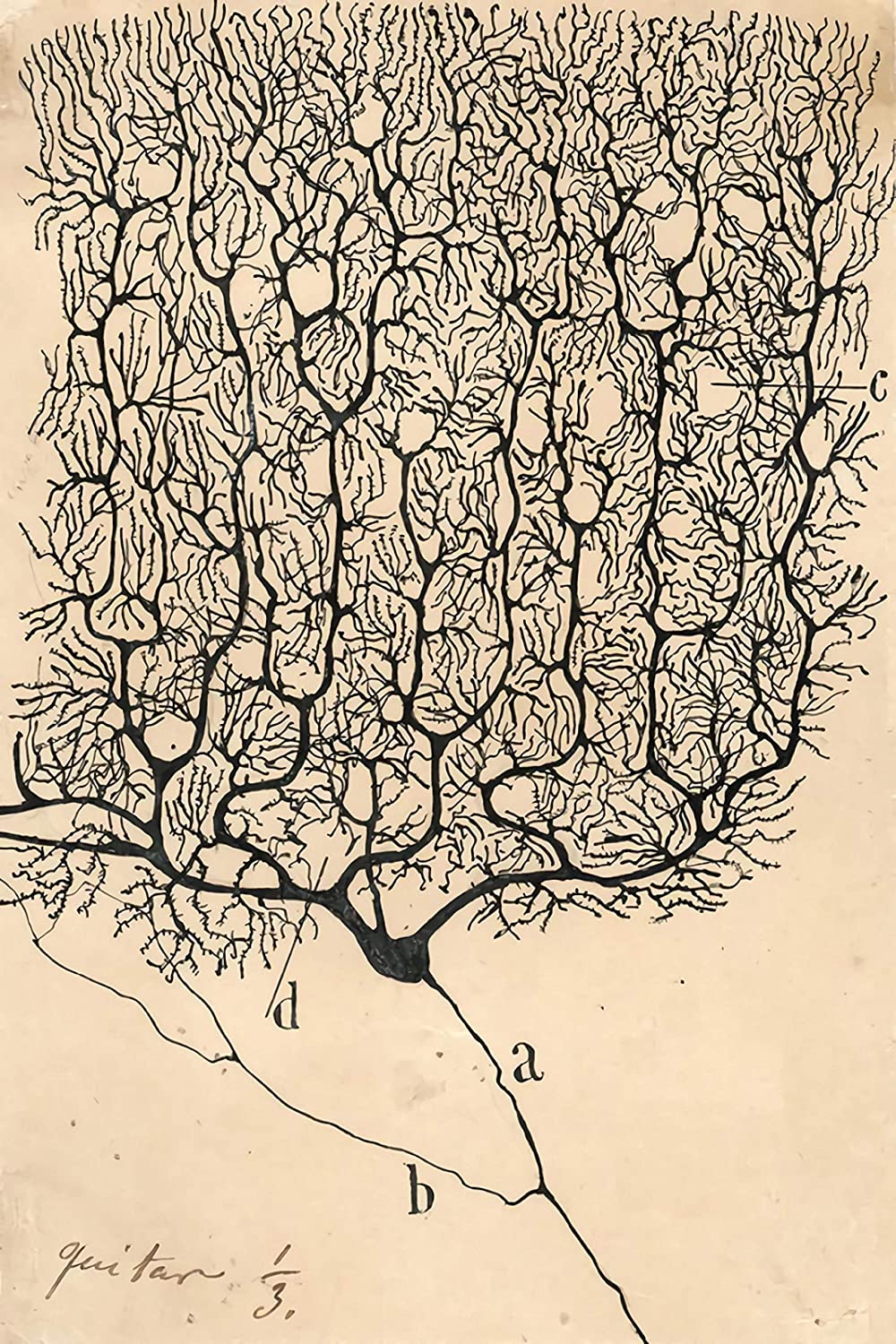
Epistemological troubles at the museum
There is a hidden tension that surfaces when modern science is communicated and visualized. Michael Støen discusses how this tension reminds us of the instability of the current epistemological paradigm.

Museum of Natural Historiy, New York, // Foto: Aditya Vyas/Unsplash
Over the course of two and a half millennia material reality seems to have gained epistemological ground over immaterial reality. Plato believed that ideas were more real than objects and subsequently did not consider the physical world to be a valid source of knowledge – a notion which, to a degree, persisted through the Middle Ages in the form of Christian divinity. The epistemological grip of Catholicism would, however, eventually loosen throughout the Renaissance and the Reformation and gradually give way to the ideas of 17th century thinkers like Descartes and Bacon.
Descartes described nature as a mechanical realm of blind causality yet he still held a special place for the immaterial aspects of consciousness. His dualism, however, impacted the philosophical trajectory for centuries to come, which eventually arrived at a firm and hard empiricism – the beginning of modern science. In broad terms the hard sciences of today still hold the same mechanical view of nature that Descartes espoused, the main difference being that they have abandoned his special place for consciousness which is instead simply seen as a causal consequence of the exceedingly complex machinery of material organisms. The mind has become part of the machine, and knowledge has ultimately become a product of the physical. On the other hand, the mind has become a part of the machine which represents the personal agenda of some individual, and so, in that sense, is seen as a less reliable source of information than the rest of the material world.
The late modern period has, of course, offered a fair share of challenges to this materialistic view. Heidegger, to pick a highly influential example, with his focus on being (Dasein), was not ready to grant physicality any special epistemological status in comparison to consciousness. In fact he was not even willing to accept that a categorical separation between object and subject was a meaningful distinction. Yet for many a modern person and certainly for many a hard scientist materialism is still the predominant perspective.
It would, however, be naive to assume that this struggle has found its final historical state, despite the fact that physicality currently has the upper hand. Practices of scientific visualization, for example, still often offer interesting manifestations of these epistemological tensions, as they necessarily deal with both the materiality of objects and (to varying degrees) imaginative representations of these objects which require the immateriality of human subjectivity to be produced. What, then, can current historical studies on scientific objects and their visual representations tell us about this struggle?
Dinosaurs on display
In “Bringing Dinosaurs Back to Life” (2012) Lukas Rieppel explores the tensions between the “conflicting goals” of American natural history museums, specifically in regard to the displays of dinosaur fossils in the early 20th century. [1] In doing so he identifies an interesting problem that the museums faced: how does one display an incomplete physical scientific finding in a way that is both engaging yet does not appear speculative?
In identifying this issue Rieppel applies the useful dichotomy, originally coined by Charles Sanders Pierce, of “indexical” vs “iconic” representations. [2] Rieppel defines indexical representations as those which are, in some way, a direct result of the object they represent. Iconic representations, on the other hand, are indirect recreations of the object they represent. A painting of a dinosaur, for example, is iconic, whereas an exact replica of a dinosaur fossil, say, made by creating a mold and filling it with liquid material which solidifies, is indexical. Rieppel uses a colloquial example to clarify: “a snow angel indexically represents the motions of a child at play, but it is an iconic representation of biblical creatures.” [3] An important point to this distinction is that indexicality is defined as a product of material causation whereas iconicity is defined as a product of human consciousness. This means that a display can be both indexical and iconic to varying degrees. A replica of a fossil which has been mounted in a life-like position to suggest the movement of the dinosaur, for example, is indexical in its basic form but iconic in that the particularities of its life-like positioning are the product of human imagination, which often includes a fair amount of speculation regarding the animals motivations, behaviours and physical dynamics in a living state.

Making models of archaic humans

The Kennis brothers. // Foto: Simon Claessen/Creative Commons

Neurons by Santiago Ramon y Cajal (1852-1932).
Noter
Lukas Rieppel, "Bringing Dinosaurs Back to Life: Exhibiting Prehistory at the American Museum of Natural History", Isis 103.3 (2012): 460.
Rieppel (2012): 462.
Rieppel (2012): 462-463
Rieppel (2012): 470.
Rieppel (2012): 477.
Rieppel (2012): 463.
Lorraine Daston and Peter Galison, Objectivity, (New York: Zone, 2007): 55-105.
Rieppel (2012): 464.
Daston and Galison (2007): 55.
Daston and Galison (2007): 115-183.
Rieppel (2012): 463.
Rieppel (2012): 465.
Kit Buchan, "Meet the ancestors… the two brothers creating lifelike figures of early man", The Guardian 2018-05-05. Accessed 2020-05-16. https://www.bbc.com/news/science-environment-42939192
Buchan, The Guardian 2018-05-05.
Buchan, The Guardian 2018-05-05.
Buchan, The Guardian 2018-05-05.
Kerry Lotzof, “Cheddar Man: Mesolithic Britain's blue-eyed boy”, NHM (website, n.d.). Accessed 2021-05-10. https://www.nhm.ac.uk/discover/cheddar-man-mesolithic-britain-blue-eyed-boy.html
See, for example, Paul Rincon, "Cheddar Man: DNA shows early Briton had dark skin", BBC 2018–02–23. Accessed 2020-04-13. https://www.bbc.com/news/science-environment-42939192
Detta är det första föremålet i din lista
Detta är det andra föremålet i din lista
Detta är det tredje föremålet i din lista
Referenser
Buchan, Kit. "Meet the ancestors… the two brothers creating lifelike figures of early man", The Guardian 2018-05-05. Accessed 2020-05-16. https://www.bbc.com/news/science-environment-42939192
Daston, Lorraine, and Peter Galison. Objectivity. New York: Zone, 2007.
Lotzof, Kerry. “Cheddar Man: Mesolithic Britain's blue-eyed boy”, NHM (website, n.d.). Accessed 2021-05-10. https://www.nhm.ac.uk/discover/cheddar-man-mesolithic-britain-blue-eyed-boy.html
Rieppel, Lukas. "Bringing Dinosaurs Back to Life: Exhibiting Prehistory at the American Museum of Natural History". Isis 103.3 (2012): 460–90.
Rincon, Paul. "Cheddar Man: DNA shows early Briton had dark skin", BBC 2018–02–23. Accessed 2020-04-13. https://www.bbc.com/news/science-environment-42939192